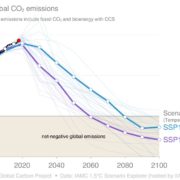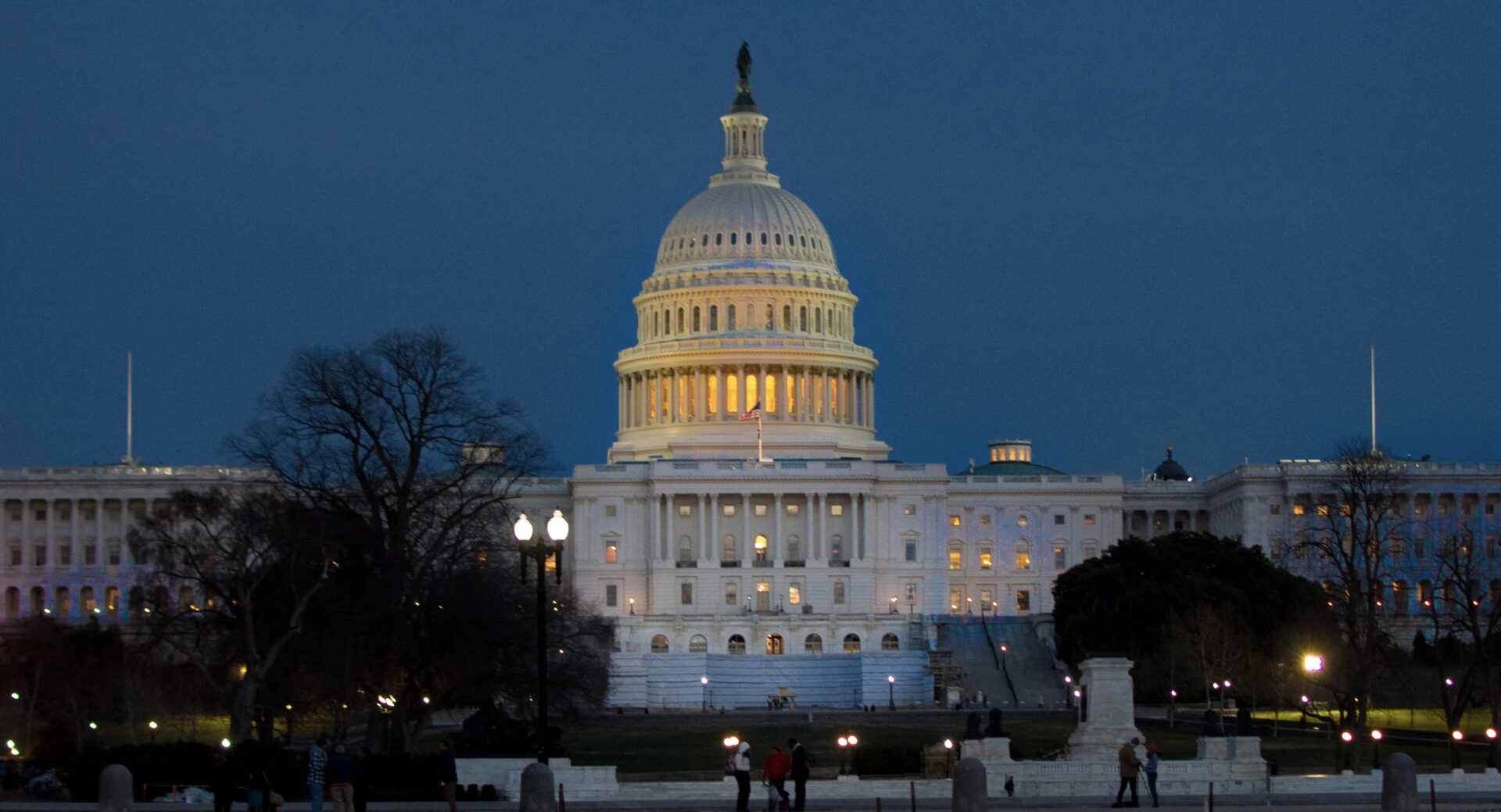
After years of declining carbon dioxide (CO2) emissions, the U.S. saw emissions take a sharp increase in 2018, according to new data published on Tuesday, January 8.
According to the Rhodium Group — an economic research firm that looks at energy and climate as one of its key research areas — the U.S. saw CO2 emissions increase by 3.4 percent in 2018, the largest annual gain in over 20 years.
The only year since 2004 that saw a larger yearly increase was in 2010 when the U.S. economy was making a come back after the Great Recession.
Last year’s rise came despite factors suggesting improvements in emission efforts.
Not only did emissions see a decline since 2015, but the increase also came despite many of the nation’s coal plants going into retirement last year.
While the number of coal plants closing reached a record high in 2018, the data found that natural gas was still chosen over renewables in replacing the resulting electricity demand.
“As a result, power sector emissions overall rose by 1.9 percent,” said the report.
Also, a major contributor to the rise was the transportation sector which remained the nation’s largest source of emissions for three years in a row.
“The transportation sector held its title as the largest source of U.S. emissions for the third year running, as robust growth in demand for diesel and jet fuel offset a modest decline in gasoline consumption,” said the report.
This, it said, pointed to the transportation sector challenges of decarbonization beyond light-duty vehicles, or passenger cars.
While the sector did see efficiency improvements, particularly in electrification, improvements were ultimately not big enough to meet the country’s medium and long term emission goals.
But most responsible for the emissions in 2018 alone were the buildings and industry sectors — the two sectors most often ignored when it comes to clean energy and climate policymaking.
The report estimated that direct emissions from residential and commercial buildings increased in 2018 by 10 percent, the highest level since 2004.
Part of the reason, it noted, was a colder winter, or the number of heating days which saw a 15 percent increase during the first quarter of 2018 as compared to 2017.
In the industrial sector, the report said that preliminary estimates suggest the sector lead the largest gains in the year at 55 million metric tons. This was mostly due to industrial activity growth.
“While buildings have begun to attract some creative policy thinking, the industrial sector is still almost entirely ignored. At the state and federal level, few good strategies have been implemented to begin decoupling production from emissions,” said the report.
Looking forward to 2019, it highlighted the Paris Agreement target that calls for a 26-28 percent reduction from 2005 levels by 2025.
“The U.S. will need to reduce energy-related CO2 emissions by 2.6 percent on average over the next seven years — and faster if declines in other gasses do not keep pace,” the report said, adding that the percentage is significantly faster than any seven-year average in the nation’s history, and twice the pace the U.S. achieved between 2005 and 2017
“It is certainly feasible,” it added, “but will likely require a fairly significant change in policy in the very near future and/or extremely favorable market and technological conditions.” (Rae Ann Varona/AJPress)






